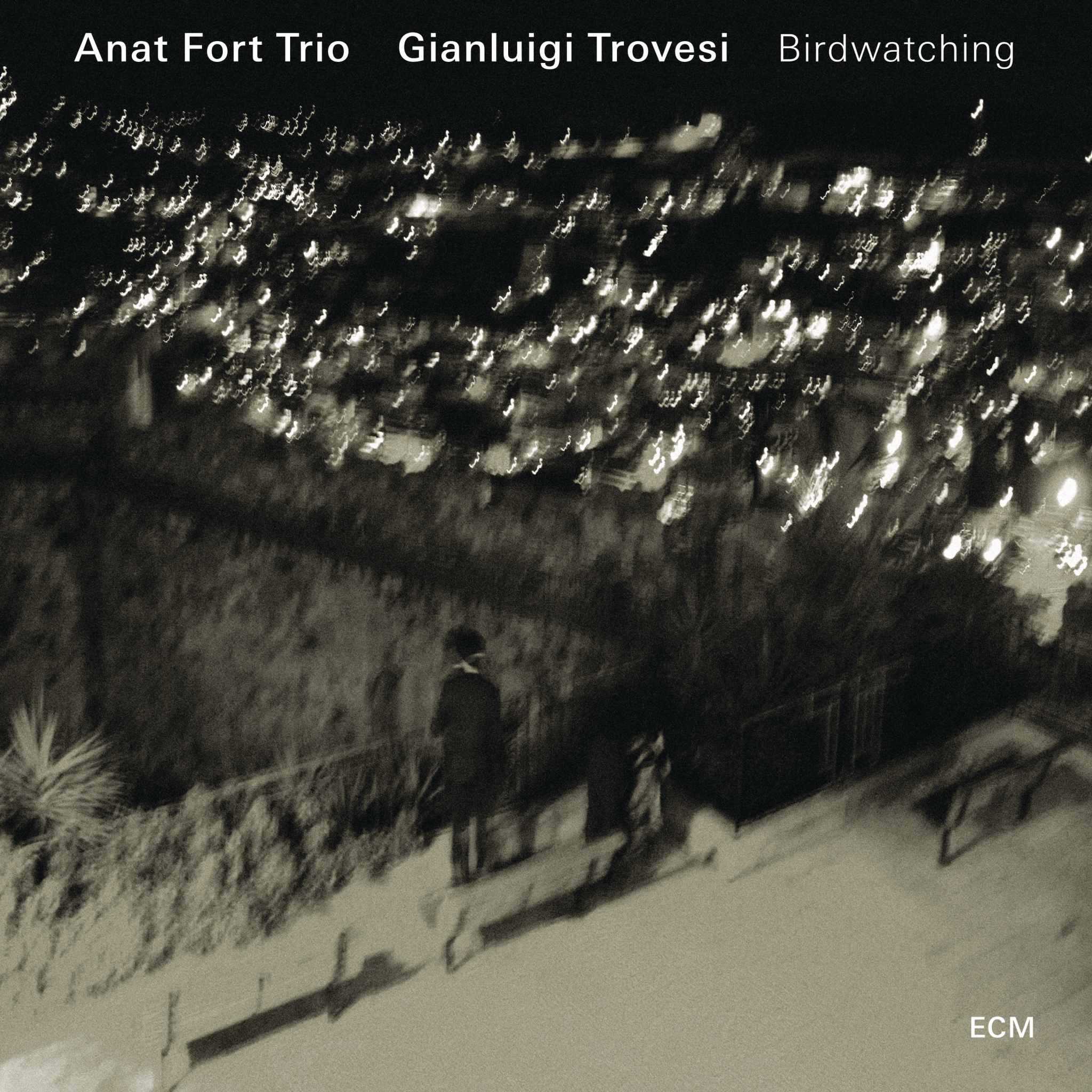Album insights
On July 17, 1717, King George I summoned a significant number of London's dignitaries and nobles to an extravagant event on the Thames. The society embarked on open-deck barges from Whitehall and sailed three miles upstream to Chelsea. The king boarded his barge around 8 pm. Accompanying his barge were those of fifty musicians playing instruments specially composed by the renowned Händel. The evening included three performances of the music during and after dinner, each lasting an hour. The ambiance was exceptional, with countless boats and barges filled with eager listeners. Madam de Kilmanseck organized a luxurious dinner at Lord Ranelagh's villa by the Thames, enhancing the royal experience.
In the aftermath, both Bonet and The Daily Courant reported details of the grand event. The music, composed by Händel, premiered for the occasion, likely forming the core of his Water Music suite, enjoyed by the gathered audience. This remarkable spectacle took place amidst a turbulent period for the English monarchy in 1717. Family tensions between King George I and his son George II persisted, evident by the absence of the latter and Queen Caroline at the river celebration.
Despite scholarly debate around the origins of Händel's Water Music, it remains an iconic composition from the event. Scant original manuscripts exist, with various versions appearing over the years. Händel's innovative orchestration, featuring diverse instruments like baroque horns, reflected his mastery and creativity. The suites in F major, D major, and G major showcased his versatility, resonating both indoors and outdoors with vibrant instrumentations.
Händel's Chelsea performance boasted a substantial orchestra with strings and a notable brass presence, rich in baroque musicality. The presence of a robust bass basso continuo and rhythmic guitars alongside dual harpsichords lent vivacity to the music. This vivid orchestration, coupled with the thematic nod to sea deities, captured the essence of Telemann's Water Music debut in Hamburg in 1723.
During Hamburg's Admiralität College centennial celebrations in 1723, Telemann's Water Music suite commemorated the seafaring industry. Each movement reflected themes of the sea, from gods of antiquity to the daily life of sailors in Hamburg's bustling port. Telemann's integration of mythological figures infused expressive melodies and tones mirroring the ocean's moods, closing with a spirited nod to the city's marine rhythm and local maritime tales.







